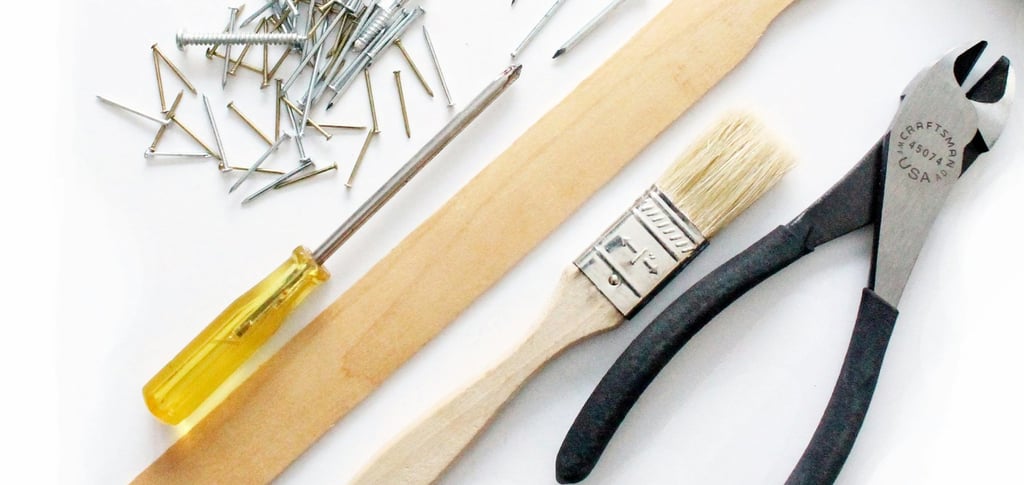Decorative repairs in rental agreements: A guide to the decorative repair clause
Welcome to the Hochheiden Property Management blog, your reliable partner in property management. In rental agreements, decorative repairs are a frequently discussed topic that is of great importance to both tenants and landlords. The focal point here are the decorative repair clauses in rental contracts. In this post, we aim to shed light on the key aspects of the decorative repair clause to provide you with a better understanding and to show you how to legally protect yourself.


What are cosmetic repairs?
Cosmetic repairs include repair work within a rental apartment that serves to maintain or restore the apartment in a tidy condition. Typical cosmetic repairs include painting or wallpapering walls and ceilings, painting windows and doors, and refurbishing floors.
The cosmetic repair clause in the lease agreement
The cosmetic repair clause is a contractual provision that determines who - tenant or landlord - is responsible for carrying out and covering the costs of cosmetic repairs. In many lease agreements, these tasks are assigned to the tenant. However, in recent years, jurisprudence has set clear limits to protect tenants from unreasonable burdens.
Legal framework
The recent case law of the Federal Court of Justice (BGH) on cosmetic repair clauses has established some important principles:
Fixed deadlines for carrying out cosmetic repairs are generally ineffective. This means that clauses prescribing exact time intervals for renovations without considering the actual need for renovation are not permissible.
Quota clauses that obligate the tenant to pay a share of the renovation costs upon moving out, regardless of the condition of the apartment, are invalid.
If an apartment is handed over without renovation, the obligation to carry out cosmetic repairs cannot be easily transferred to the tenant unless there is adequate financial compensation.
Tips for tenants and landlords
For tenants:
Check your lease agreement carefully for the cosmetic repair clause.
Document the condition of the apartment upon move-in and move-out with photos.
Only carry out cosmetic repairs to the extent agreed upon in the contract and legally permissible.
For landlords:
Design the cosmetic repair clauses in your lease agreements in accordance with current legal precedents to avoid later disputes.
Consider the condition of the apartment at handover and jointly document this with the tenant.
Communicate openly with your tenants about the expectations and obligations regarding cosmetic repairs.
Conclusion
The decorative repair clause is an essential part of the rental agreement, which provides clear regulations for maintaining the condition of the living space. It is important for both tenants and landlords to be aware of the legal requirements and to make fair and compliant agreements in the lease. Hochheiden Property Management is here to provide advisory support, helping to find optimal solutions for both parties and ensuring the smooth implementation of decorative repairs.
Do you have any questions about the decorative repair clause or need assistance in drafting your lease agreement? Contact us – we are here to professionally and legally manage your properties.
Contact
info@hochheiden-hv.de
Socials
Stay informed at all times
+49 30 692 099 540
